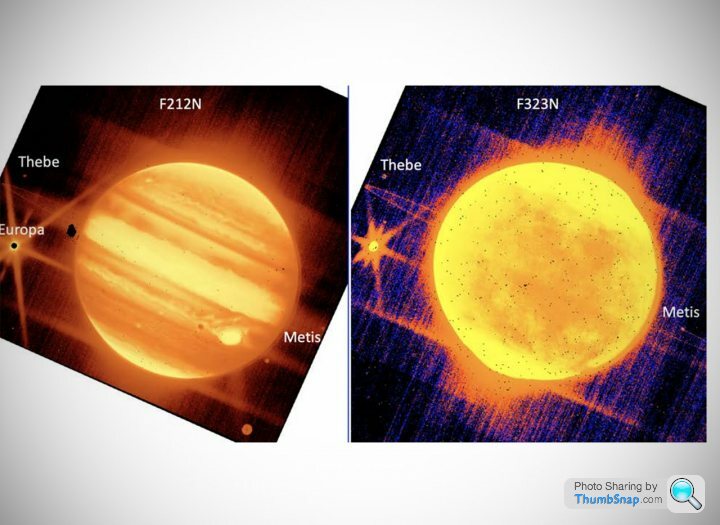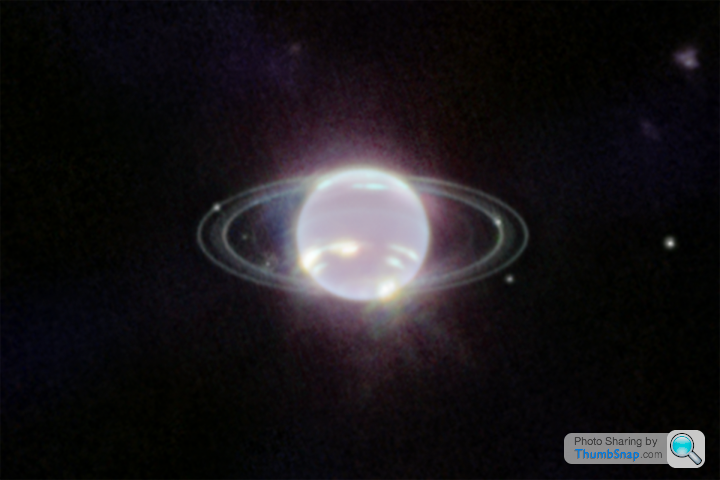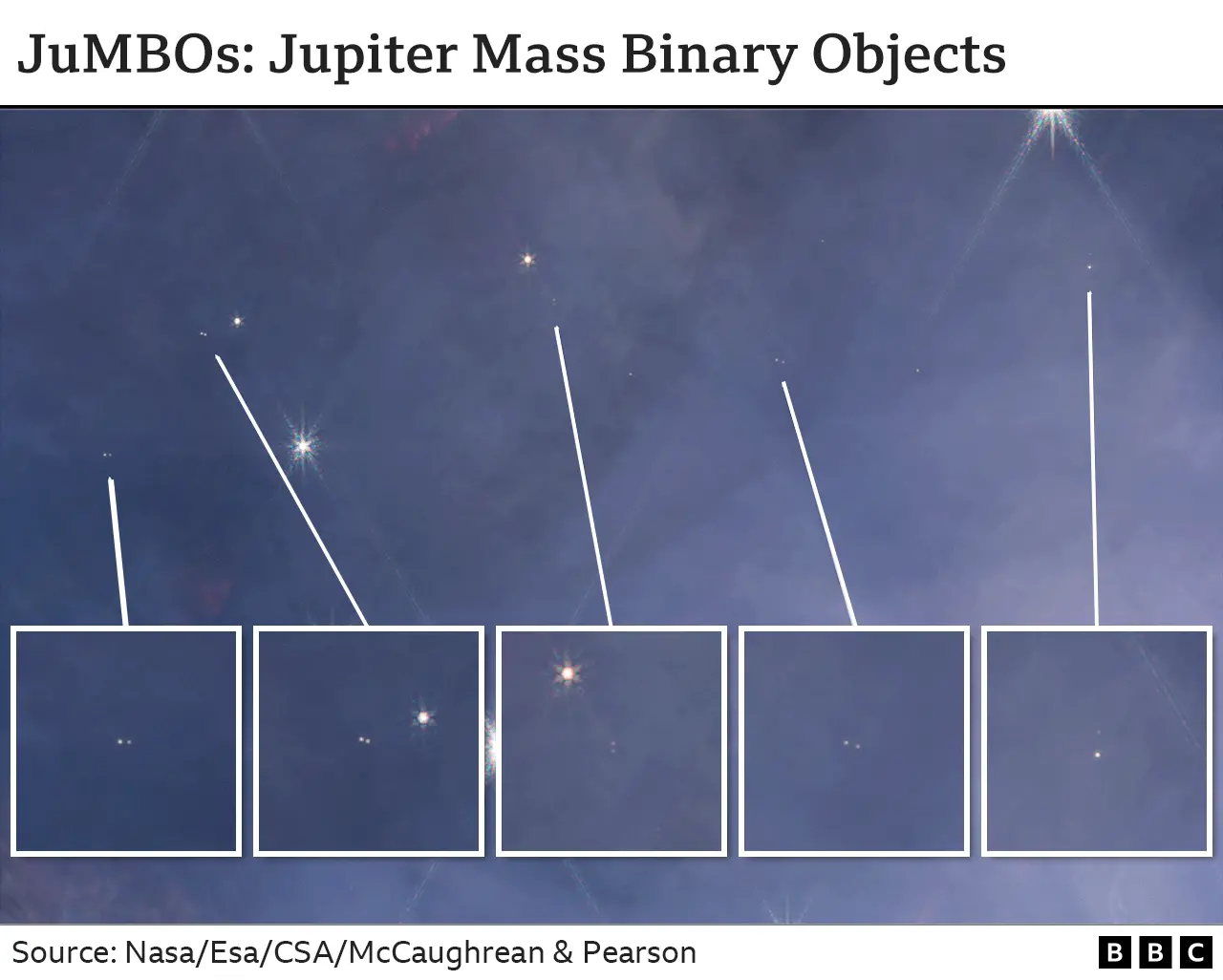JWST launch delayed to 2019
Discussion
I'm in awe, as everyone must be.
One thought:
We've got pictures of stars with points coming from the centre. I always assumed that this was as a result of optics. In the image of the deep field, one of the stars has 12 points. If it is a optical distortion, why don't they delete them? A simple algorithm isn't beyond one of the guys at NASA. They could come up with the code in a morning.
But what an image. Just Wow!
One thought:
We've got pictures of stars with points coming from the centre. I always assumed that this was as a result of optics. In the image of the deep field, one of the stars has 12 points. If it is a optical distortion, why don't they delete them? A simple algorithm isn't beyond one of the guys at NASA. They could come up with the code in a morning.
But what an image. Just Wow!
They're diffraction spikes. Yes, they could remove them, but it's a lossy process and they don't do it unless there's a good scientific reason to do so. Most of the time there isn't.
Hubble has 4 in a "X" layout.
James Webb has 12 in a "snowflake" layout due to the nature of its segmented mirrors and reflector mirror design.
They were aware this would happen of course - They designed it so that the 4 spikes from the secondary mirror support overlap 4 of the mirror section spikes. So it appears to have 8 spikes
2 of those 8 spike are pretty faint, so generally you can only see 6
Images from both telescopes are easy to tell apart knowing that at least.
These are some of the images of Jupiter the JWST took recently, including some of its moons and even some rings:

Apparently they're going to use JWST's "very particular set of skills" to look at the red spot on Jupiter.
https://www.nasa.gov/feature/goddard/2018/nasa-s-j...
Hubble has 4 in a "X" layout.
James Webb has 12 in a "snowflake" layout due to the nature of its segmented mirrors and reflector mirror design.
They were aware this would happen of course - They designed it so that the 4 spikes from the secondary mirror support overlap 4 of the mirror section spikes. So it appears to have 8 spikes
2 of those 8 spike are pretty faint, so generally you can only see 6
Images from both telescopes are easy to tell apart knowing that at least.
These are some of the images of Jupiter the JWST took recently, including some of its moons and even some rings:

Apparently they're going to use JWST's "very particular set of skills" to look at the red spot on Jupiter.
https://www.nasa.gov/feature/goddard/2018/nasa-s-j...
https://phys.org/news/2022-07-webb-telescope-dista...
Known as GLASS-z13, the galaxy dates back to 300 million years after the Big Bang, about 100 million years earlier than anything previously identified, Rohan Naidu of the Harvard Center for Astrophysics told AFP.
Known as GLASS-z13, the galaxy dates back to 300 million years after the Big Bang, about 100 million years earlier than anything previously identified, Rohan Naidu of the Harvard Center for Astrophysics told AFP.
SpudLink said:
Neptune?Mr E said:
SpudLink said:
Neptune?Baron Greenback said:
Mr E said:
SpudLink said:
Neptune?Oldest star yet detected thanks to some gravitational lensing. ~1BN years after big bang:
https://www.instagram.com/p/CvugN7IRvGP/?igshid=Mz...
https://www.instagram.com/p/CvugN7IRvGP/?igshid=Mz...
On the BBC News website today...
"Jupiter-sized planets free-floating in the Orion Nebula, unconnected to any star, have been spotted by the James Webb Space Telescope."
"What's intriguing about the discovery is that these objects appear to be moving in pairs. Astronomers are currently struggling to explain them."
Gassing Station | Science! | Top of Page | What's New | My Stuff




